Unsteady Transonic Flow Past Airfoils in Rigid Body Motion
With the aim of developing a fast and accurate computer code for predicting the aerodynamic forces needed for a flutter analysis, some basic concepts in computational transonics are reviewed. The unsteady transonic flow past airfoils in rigid body motion is adequately described by the potential flow equation as long as the boundary layer remains attached. The two dimensional unsteady transonic potential flow equation in quasilinear form with first order radiation boundary conditions is solved by an alternating direction implicit scheme in an airfoil attached sheared parabolic coordinate system. Numerical experiments show that the scheme is very stable and is able to resolve the higher nonlinear transonic effects for filter analysis within the context of an inviscid theory.
{{comment.content}}
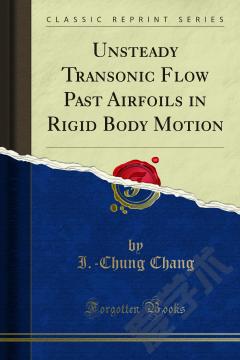
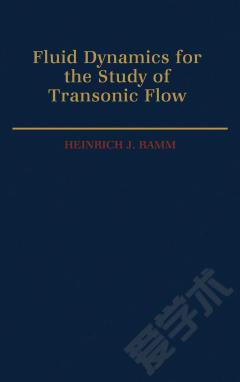
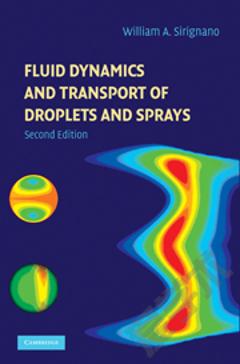
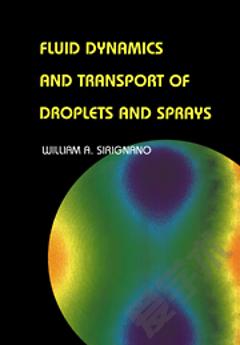
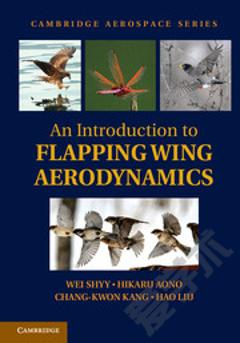
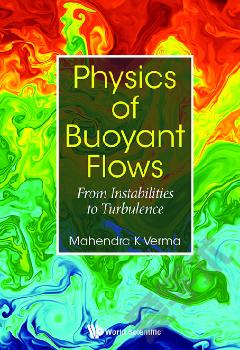


 京公网安备 11010802027623号
京公网安备 11010802027623号